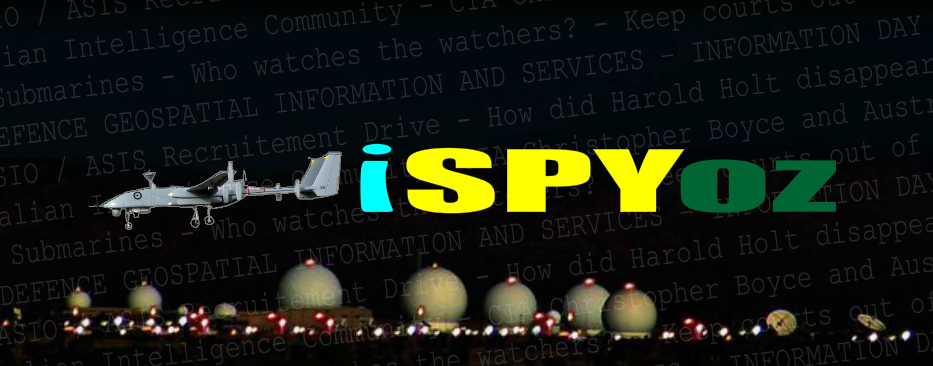
Underage when he enlisted ... George Buckworth won the Croix de Guerre. His 22 months as a prisoner of war culminated in a series of forced winter marches.
George Buckworth, 1924-2009.
George Buckworth enlisted in the RAAF at 17 by convincing the force that he had been born in 1920 rather than 1924. By the age of 18, he was in the RAF as a commissioned officer - a navigator in the Bomber Command 75 Squadron, flying missions in Lancaster aircraft over Germany.
In 1942, his plane was shot down over Belgium and he was captured. He was later awarded the Croix de Guerre for not only evading capture for some days but, after he was caught, for not disclosing ''information relating to a cadre of loyal Resistance forces, thereby enabling such cadre to remain intact''.
His 22 months as a POW culminated in a series of forced winter marches in which thousands of prisoners died. Buckworth's devotion to his fellows was described in his mention in dispatches: ''The unquenchable optimism and unselfish support of Flight Lieutenant G.G. Buckworth for his fellow prisoners of war during a long march in appalling winter conditions undoubtedly contributed to their survival''.
Buckworth escaped with five of his colleagues and made his way to Allied lines. He was sent back to England and Bomber Command.
In March 1945, his squadron was given the job of flying 17 Dakota DC3s from Canada to Sacramento in California and on to Honolulu and Sydney. The most difficult leg was Sacramento to Honolulu - 15 hours with no radio navigational aids because of wartime radio silence. His squadron landed at Camden airport, on April 17, 1945, his 21st birthday.
George Grainger Buckworth was born in Ashfield in 1924, the son of George Everard Buckworth, who served in the Boer War and World War I, and his wife, Kathleen Martin. George went to Trinity Grammar School, where he excelled at rugby, athletics and cricket, once taking four wickets in four balls.
After the war, Buckworth enrolled at the University of Sydney law school, where he met Patricia Oldfield. Buckworth, who had co-founded the law school dramatic society, cast Pattie as the lead in Noel Coward's play Tonight at 8.3o. They married in 1950.
At that time, during the rise of communism in China, Australia was gripped by anti-communist fever. Buckworth's unusual record of service in war and his legal qualifications (he gained his LLB in 1949) made him an ideal recruit for Colonel Charles Spry, the founder of ASIO. Buckworth's brief was cradle (initial surveillance of a suspect) to the grave (bringing proceedings to court) investigations. In 1954 he was the Australian agent on the plane to Darwin watching Evdokia Petrov to see if she wanted to defect along with her husband, Vladimir.
Later in 1954, Buckworth resigned from the air force because he had hit his service ceiling as an acting wing commander. The letter accepting his resignation acknowledged that he had been the youngest squadron leader in the RAAF during the war.
He also resigned because his immediate superior on the then Courts Martial Appeals Tribunal, John Davoren, QC, had asked Buckworth to go to Broken Hill to assist Davoren's solicitor brother Tom. Buckworth left the NSW bar and he and Pattie started practice in Broken Hill in 1955 as Buckworth and Buckworth, Solicitors.
Buckworth's life became commercially hectic in 1957 when he formed Broken Hill Holdings (later publicly listed as Broken Hill Holdings), which built the largest drive-in theatre in the southern hemisphere. He also owned a bakery, a finance company, a laundry, three hotels and some mineral leases.
In 1961, Buckworth, inspired by his enjoyment of skiing when he was a boy, formed Kosciusko Chalet, a subsidiary of Broken Hill Holdings. The company acquired the chalet and all its infrastructure and built the longest enclosed ski chairlift in the world - nearly six kilometres - stretching from Charlotte's Pass to Crackenback.
In 1976, Buckworth, as president of the far west branch of the Liberal Party, met Margaret and Denis Thatcher on a three-day visit to Broken Hill. He explained the intricacies of the union movement anchored by the Barrier Industrial Council and showed Mrs Thatcher, then leader of Britain's Conservative Party, the flavour of the bush west of the Darling River.
In 1977, Buckworth left the Broken Hill practice in favour of his son, Nicholas, who continued in partnership with Pattie. Buckworth returned to the bar the next year and practised in Sydney, where Pattie set up a branch office.
In 1988, Pattie became ill with viral encephalitis while on an overseas trip. This was followed by a series of strokes. Buckworth devoted himself to her care for the rest of his life.
George Buckworth is survived by Pattie, children Nicholas, Virginia and Amanda, eight grandchildren and three great-grandchildren.
Nicholas Buckworth with Harriet Veitch


